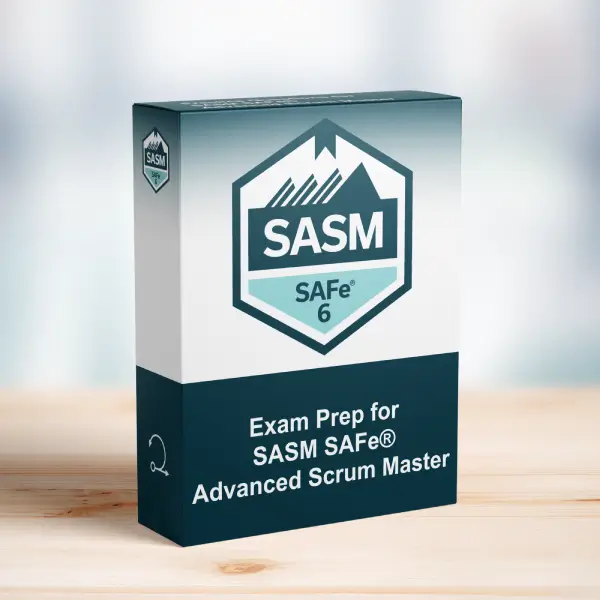Advanced Scrum Mastery in SAFe
In this article, we examine a SASM-related exam question to strengthen your understanding of advanced Scrum Master practices at scale.
Exam Question
When might Feature size not be a good substitute for the duration of WSJF?
(choose the best two answers)
A. The Feature did not originate from a Program Epic.
B. The Feature involves a team or team members who represent a bottleneck.
C. The Feature did not originate from a Value Stream Capability.
D. The Feature involves a remote third-party vendor that has a formal scope-approval process.
E. The Feature has not yet been broken down into user stories by the Product Owner.
Correct Answer
B,D
Explanation
Correct Answer
B,D: This option best reflects the role, responsibilities, or knowledge expected from a SAFe Advanced Scrum Master (SASM).
Incorrect Answers
The other options either reflect team-level roles only, miss key system-level thinking, or misunderstand principles critical for scaled agility.
Agile Leadership Insights
- System Thinking: Advanced Scrum Masters focus on improving flow across teams and ARTs.
- Relentless Improvement: Building a continuous learning culture is fundamental in scaling environments.
- Facilitating Collaboration: Success depends on driving communication and alignment across many teams.
Relevance to the SASM Exam
Understanding the scaled responsibilities of a Scrum Master beyond the team level is vital for passing the SASM exam and excelling in SAFe environments.
Key Takeaways
- Focus on scaled facilitation, system-level flow, and relentless improvement.
- Develop coaching skills that enable team and organizational agility.
- Support broader SAFe goals like ART alignment and continuous delivery pipelines.
Conclusion
Mastering these advanced concepts will enhance your performance as a Scrum Master at scale. For more structured practice, explore our SASM Exam Prep.



